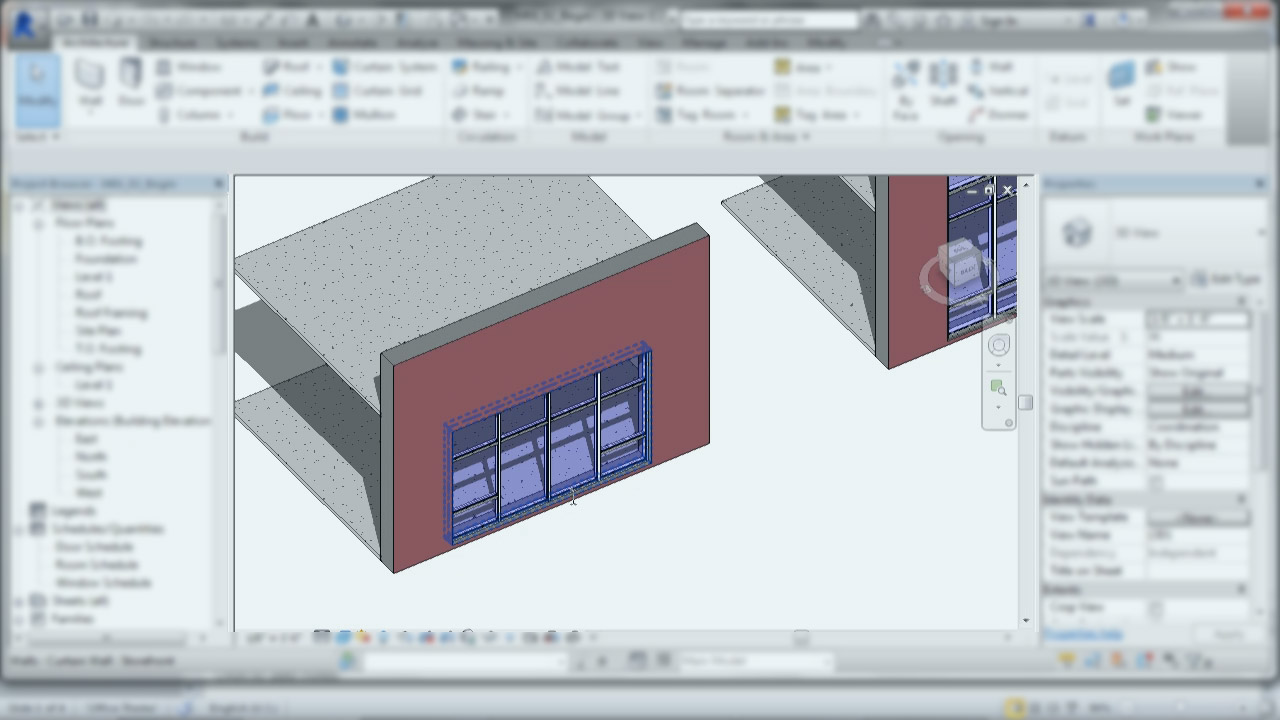Description
Revit MEP is a strong BIM technology that is commonly used in the architectural, engineering and construction (AEC) industry. This course teaches the important functions of Revit MEP 2022, helping students to efficiently construct, manage and analyze MEP systems in a 3D environment. Learners will get thorough concepts of the software interface, workflows and different methodologies for designing and documenting HVAC, electrical and plumbing systems through step-by-step lessons and practical projects.
Topics Covered
- Introduction to Revit: Setting up MEP project templates and learning some basic concepts like drawing, selecting and modifying commands.
- HVAC Design: Here you will be dealing with HVAC systems design, like adding mechanical types of equipment and air terminals and ductwork layout
- Electrical Design: Electrical systems including lighting, power and panel schedules
- Plumbing Design: Plumbing design with pipes, fixtures and hot/cold water systems
- Tagging and detailing: Annotating, tagging and detailing MEP elements
- Creating Sheets and Printing: Creating schedules, sheets and documentation for MEP drawings.
- And many more to explore
Who Will Benefit
- MEP engineers and designers: Individuals who want to upgrade their BIM skills.
- Architecture and engineering students: Who are aiming to enter the AEC industry
- Construction professionals: involved in MEP planning and coordination
- BIM coordinators and project managers: looking to understand MEP workflows
Why Take This Course
Proficiency with Revit MEP is becoming important in today's competitive construction and design sector. This course takes a practical, project-based approach that simulates real-world applications, allowing students to acquire confidence and develop a solid portfolio. With clear instructions, downloadable tools and lifelong access students may work at their own speed and revisit material as needed. By the end of this course, students will be able to execute MEP designs in Revit on their own, prepare construction documents and contribute to BIM-driven projects, putting them in a better position to advance their careers in building services engineering.









